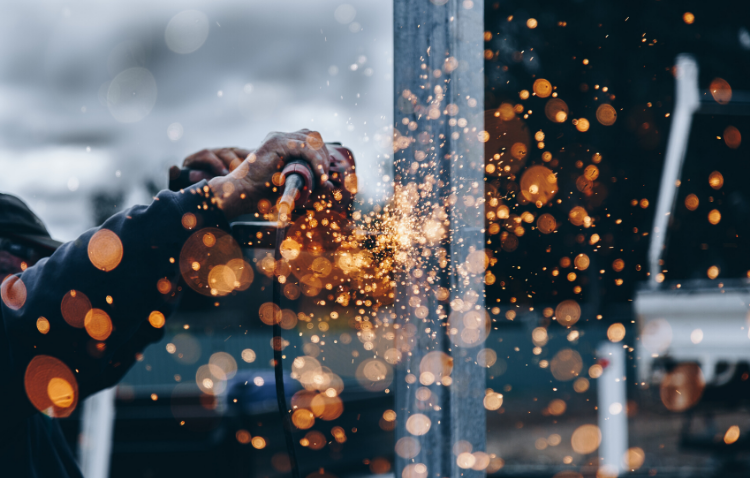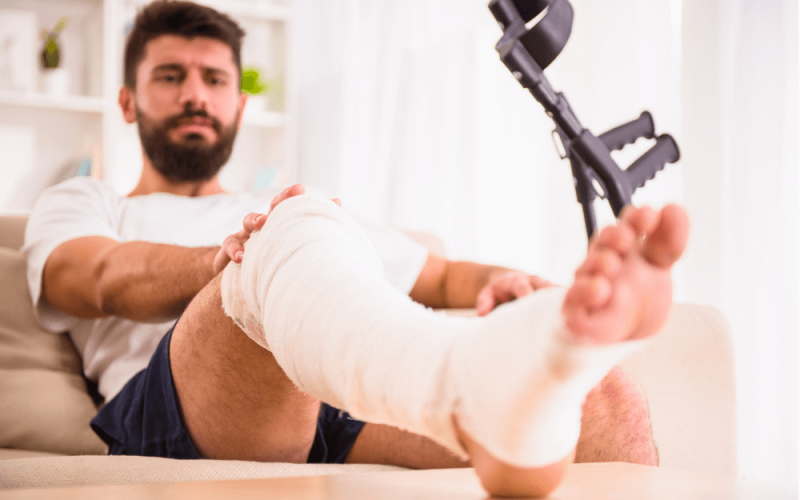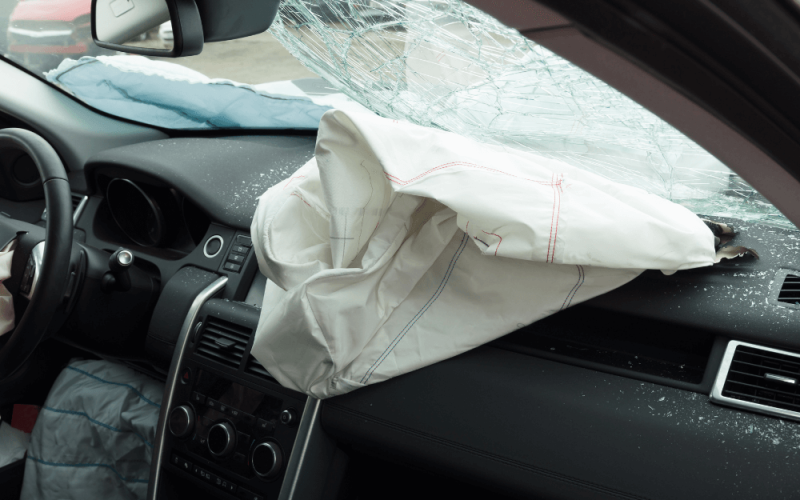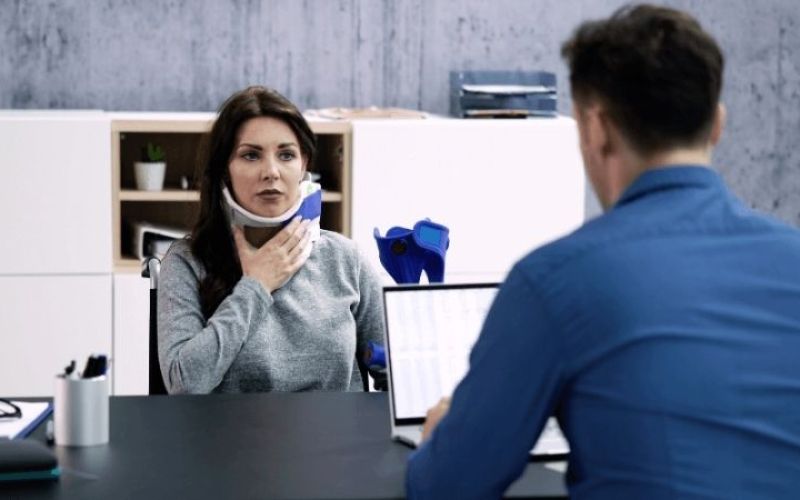Dangerous Machinery in the Workplace Accident Claim


Workplace accidents are a fairly common occurrence and are some of the most common personal injury cases filed each year by employees seeking workers’ comp.
While it is the responsibility of the employer to ensure a safe working environment and provide adequate training and safety gear to employees operating the machinery, there is also a responsibility that falls on the employee requiring that they act in accordance with their safety training.
There is also a duty of care that the machinery manufacturer gives to their customer providing machinery that is not defective. There are a number of situations where the party at fault can become confusing and they are as follows.
Product Liability Claims
Many work-related injuries are a result of operating equipment and machinery so one avenue that many people involved in personal injuries at work take is filing against the company that is responsible for the design, installation, maintenance, and safe use of the machinery. Claims based on the theory that a machine or product is dangerous and causes injury are product liability claims. Such a claim has to follow at least one of the following three liabilities:
Negligence
A negligence claim makes the manufacturer responsible for knowing that there is a fault in the product and taking measures to identify or correct the problem to produce a safe product and that as a result of them failing to do so, a worker was injured through the use of the product.
Strict Liability
Under strict liability, a product manufacturer is held liable for injuries that result from the use of a product deemed unreasonably dangerous. Depending on state law, the company that sells or distributes the product may share liability with the manufacturer.
Breach of Warranty
A warranty claim is based upon an implied warranty of maintenance and alleges that a product was not safe for use as intended.
State law, the statute of limitations, and specifics of how the injury occurred all factor into a liability claim which is why it’s so important to have the counsel of a lawyer when bringing such a case.
Dangerous Product Design
Liability may fall upon the manufacturer of the equipment or machinery for ensuring that its design is not only suitable for use but also accommodates the probability that the equipment will be misused or used without the proper safety gear. Employees will often take shortcuts thinking that they are familiar enough with the product to bypass these safety measures. When a problem that is reasonably foreseeable is not detected in the product design and manufacturing process or is detected but neglected, the manufacturer may be liable for injuries that occur as a result.
When appropriate, the manufacturer should build safeguards into the equipment so that it cannot be operated without the applicable safety equipment and guards in place. The design should also take relevant safety codes into account which reduces the chance of a product being dangerous. While this is a required measure to take, simply doing this is not a sufficient measure in eliminating the possibility of a product liability claim.
Manufacturing Defects
This occurs when the product is properly designed but a mistake is made during the manufacturing process the renders the product dangerous for use.
Duty to Warn
A manufacturer has a duty to warn the people who will be using its products of the potential dangers associated with its use. Even in situations where the risk is obvious, such as with a simple tool like a ladder, a failure to provide sufficient instruction and warning may result in liability.
For some machinery, product warning labels are adequate while more complicated machinery and equipment need further warning than labels which may result in confusion about how to safely operate the equipment.
Latest Blog Posts
-
If you’re looking for someone who’s professional, attentive, serious, caring, and negotiable than Mr. Anthony Montagna is who you need. He understood his assignment and delivered well especially being with what I was looking at in my case. I want …– Tiara S.
-
I don’t know how he does it, but this man is a monster in the courtroom. I’ll admit I had fears of the outcome of my case, but when I was with Mr. Montagna in front of a judge. My confidence started to raise. Extremely professional and how he hand…– BD P.
-
Honestly , Mr. Montagna treats like you are his family the way he cares, he takes care of his people , I was doing triple digit speed on a 60 and lord I thought it was over for me in that courtroom , he’s a genius because I literally got away with…– Justin
-
I have been a client of Montagna Law since 2014. Because the customer service is exceptional, I have established a rapport with everyone in the office. As a customer for 8 years, it is noted that this firm goes above and beyond for the clients.– Eric E.
-
Montagna Law are wonderful attorneys. I was diagnosed with stage 4 lung cancer and they assisted me from day one when I contacted them. I highly recommend their services! Thanks guy’s and gal’s for your services!– Kevin B











